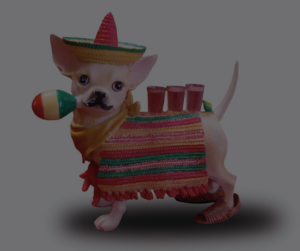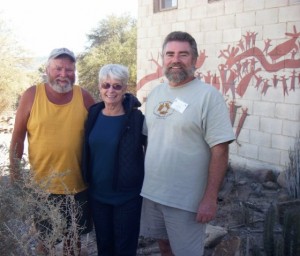
May 5, 2013 – On Sunday May 5th, the local community Museum of Natural History and Culture of Bahia de los Angeles, B.C., is celebrating its 25th year of being open to the public.
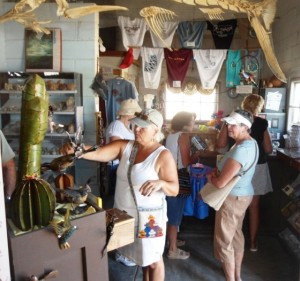
This museum only exists because of all the volunteers and supporters that have put countless hours into building, operating and maintaining this wonderful museum and connection to past and present. Carolina Shepard Espinoza is the founding force and Director of the Museo De Naturleza Y Cultura. Original financing came largely from jewelry and T-shirt sales. The city donated the land. The town’s soccer team dug the foundation; a group of marine biology students from Glendale College in California helped with the construction; students from the university in Ensenada assembled a juvenile gray whale skeleton that hangs from the ceiling. tourist from Mexicali named Fabio and a woman visiting from Oregon did the cave painting murals.
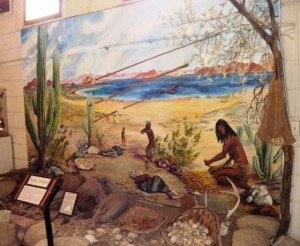
Seventy (70%) percent of the income in LA Bay comes from tourism, which is mostly based on natural history. Less and less is sportfishing and this town does not get the Cabo crowd; there’s no jet-skis to rent, no nightlife for sure. The reality is you either really like this place or you don’t. It’s definitely rough and rugged. Eco-tourism is the foundation to the economy, most come to see the birds or the whales or the desert. The museum has made the young folks in LA Bay to stop and think. You must take care of your economic source, otherwise it will slowly fade and be gone forever.
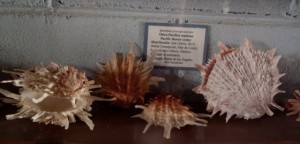
“They key is to educate the children. The school teachers bring them to visit the museum and for years we offer kid’s classes in the summer. We do arts and crafts, which is kind of new for them because they don’t get that at school. A U.S. dive shop donated snorkel equipment for thirty kids, and another donated wetsuits and fins. So we take the kids out and try to get them interested in their surroundings. We go out in a boat, we look at birds, we pick up trash, we hike in the desert. We’re trying to get kids to think: what things affect other things? But again, it’s touchy. You can’t tell them their fathers or brothers are wrong to catch, say, turtles. But we can make them more aware, teach them about the food chain. It’s very basic, but it’s new for here.” …Carolina
Bahia de Los Angeles is where Lisa & I fell in love with Mexico in 1985.
Did you know?
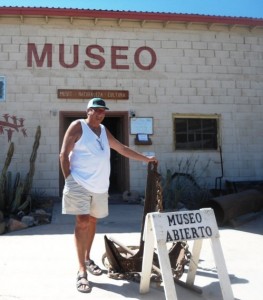
Cinco de Mayo (Spanish for “fifth of May”) is a regional holiday in Mexico, primarily celebrated in the state of Puebla, with some limited recognition in other parts of Mexico. The holiday commemorates the Mexican militia’s unlikely victory over French forces at the Battle of Puebla on May 5th 1862, under the leadership of Mexican General Ignacio Zaragoza Seguín. Many from outside of Mexico often confuse this day with Independence Day.
The Battle was very important for at least two reasons. First, although considerably outnumbered, 4000 Mexican militiamen defeated a much better-equipped French army of 8,000 soldiers who had not been defeated in 50 years. Secondly, although countries in the Americas have been attacked since May 5th 1862, (Falkland Islands, Pearl Harbour, etc), no country in the Americas has been invaded by an army from another continent since then, except for the brief occupation of two of the Alaskan Aleutian Islands by the Japanese army during World War II.
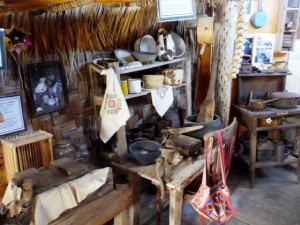
In 1861, Mexico ceased making interest payments to its European creditors and in response; France attacked Mexico to try to force payment of this debt. France ultimately decided to occupy Mexico and was initially successful with the invasion until the Battle of Puebla. Although the Mexican’s were victorious over the French at Puebla, the victory only delayed the French advance on Mexico City; a year later, the French occupied Mexico. The French occupying forces placed Maximilian I, Emperor of Mexico on the throne of Mexico in 1864. The French, under U.S. pressure, eventually withdrew in 1866-1867. Maximilian was deposed by President Benito Juarez and executed, five years after the Battle of Puebla.
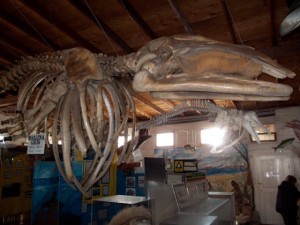 Celebrating Cinco de Mayo has become increasingly popular along the U.S.-Mexico border and in parts of the U.S. that have a high population of people with a Mexican heritage. In these areas the holiday is a celebration of Mexican culture, of food, music, beverage and customs unique to Mexico. Commercial interests in the United States and Mexico have also had a hand in promoting the holiday, with products and services focused on Mexican food, beverages and festivities, with music playing a more visible role as well. Several cities throughout the U.S. now hold parades and concerts during the week leading up to May 5th so that Cinco de Mayo has become a bigger holiday north of the border than it is to the south, and being adopted into the holiday calendar of more and more people every year.
Celebrating Cinco de Mayo has become increasingly popular along the U.S.-Mexico border and in parts of the U.S. that have a high population of people with a Mexican heritage. In these areas the holiday is a celebration of Mexican culture, of food, music, beverage and customs unique to Mexico. Commercial interests in the United States and Mexico have also had a hand in promoting the holiday, with products and services focused on Mexican food, beverages and festivities, with music playing a more visible role as well. Several cities throughout the U.S. now hold parades and concerts during the week leading up to May 5th so that Cinco de Mayo has become a bigger holiday north of the border than it is to the south, and being adopted into the holiday calendar of more and more people every year.

